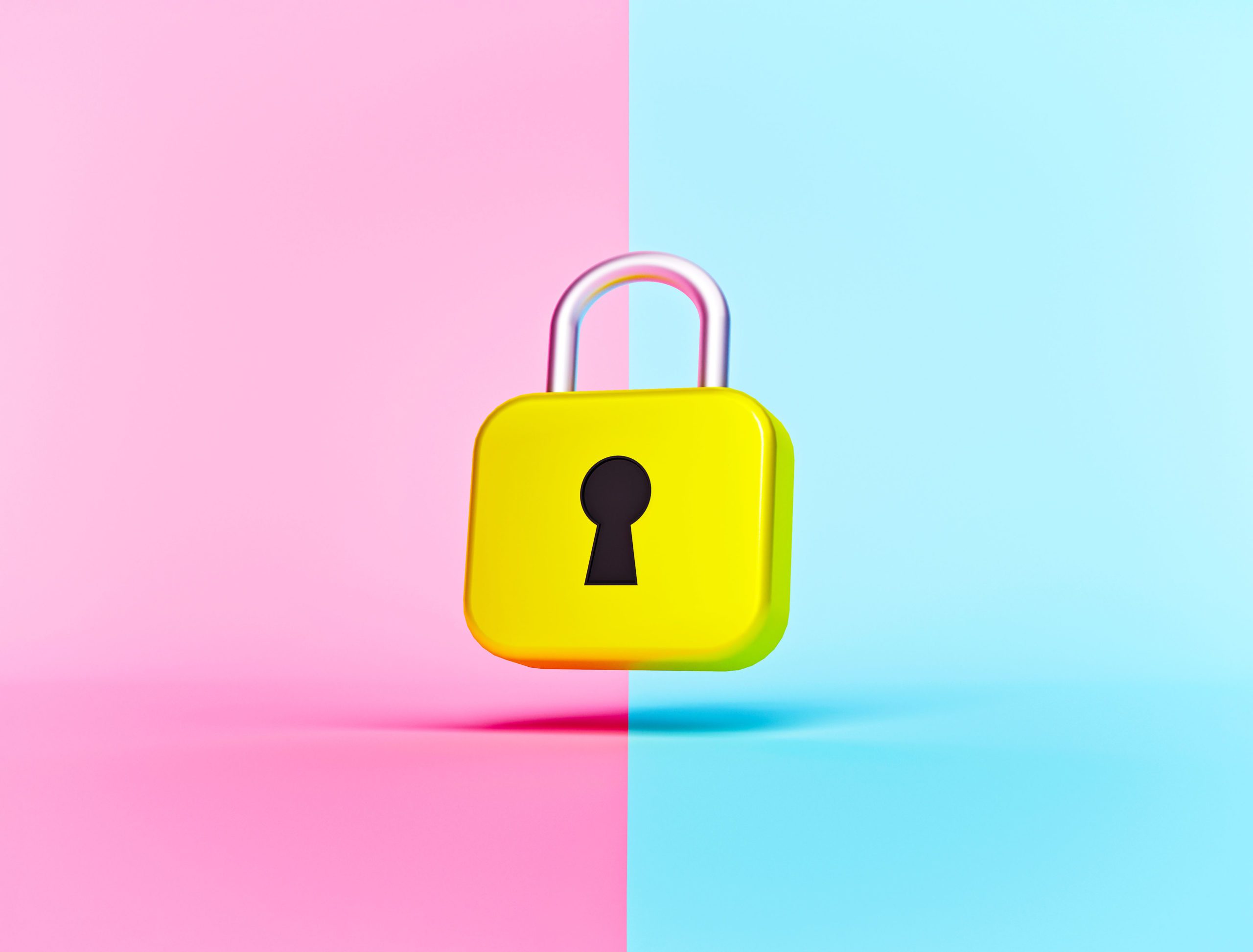Why Digital Asset Management Security is as Important as User Experience

Why does digital asset management exist (DAM)? For a few reasons. One of the most overlooked is digital asset management security.
For the talent agencies, apparel brands, ecommerce stores, and others that use DAM, ‘digital asset security’ can slip down the wishlist of ‘must-haves’ beneath things like pricing, integrations and the highly coveted user experience.
Actually, it should be right up there with all of them. Why? Because DAM’s value is worth little if your DAM system can’t keep your digital assets DAM safe.
Ok, so… let’s recap on why digital asset management security has become more critical than ever. Then we’ll explain the ‘how’ of setting up a secure DAM environment.
Digital Asset Management Security: Why Has It Become Such a ‘Thing’?
If you’re old enough to have created or owned non-digital data assets, you’ll remember that data security wasn’t much of a ‘thing’ before the digital era.
Remember polaroid pictures? Each one was forever unique
Try going back to the pre-digital age and right-clicking an instant polaroid photo to make a copy or save it. You’ll struggle.
Back then there was no need for watermarks on images and photos because the technology for instantly creating and distributing countless perfect new copies of something just didn’t exist.
Today, digital asset management security has become ‘a thing’ because digital copyright and hacking are also ‘a thing’—as are the risks of your digital media and repositories falling into the wrong hands, or being accessed by the wrong people.
“Of course I can send you that copyrighted image via Slack”
Sometimes digital assets fall into the wrong hands by accident. Other times there’s bad-actor intent.
The Guardian, UK, reported that in 2021 North Korean hackers stole $400m in digital assets. As the not-so-old adage goes; it’s not if you get hacked, it’s when.
On a more mundane level it could be a new-starter sharing something with someone they shouldn’t via Slack or Dropbox. Or it could be an external partner careless being granted access to your media library.
In either case, it doesn’t matter who or why. The risks can escalate into a rolling security fiasco resulting in reputation damage at best and legal disputes at worst. Not anybody’s idea of a good time.
How to Create a Secure Digital Asset Management as Good as the User Experience
If you’re already using a DAM system like globaledit, you might already benefit from things like:
- Built-in asset rights
- Auto-expiry dates
- Asset access permission settings
- Usage tracking
- Digital asset watermarks
- And more
Now it’s time to take those safeguards seriously and make sure you’re using them properly.
Here’s some extra advice for configuring your DAM system environment.
Know what your most valuable assets are
The UK government’s Cyber Security Breaches 2021 Survey found that four in ten businesses (39%) reported having some kind of cyber security breach or attack.
If your workflows involve sharing unedited videos or pre-retouch images, use tools with transport layer security and data encryption for secure sharing.
Build your security in layers
As we mentioned, it doesn’t take a North Korean hacker to ruin your DAM day (hackers from other countries of origin are available). Something like 35% of breaches originate from third-party vendors.
Give as much thought to protecting networks, servers and digital assets from internal mishandling as from unauthorized external access.
Find the balance of DAM security and user experience
Asking teams to pivot to new passwords every few weeks is a drag, but it’s an important drag that actually holds valuable security impact.
Whoever you collaborate with internally or externally, balancing DAM security and user experience is about compromise, trade-offs and finding a sweet spot between protocols and workflow. All that lands differently for different teams, so work it out between you.
Find a DAM platform that designs-in all of that balance between security and user experience.
